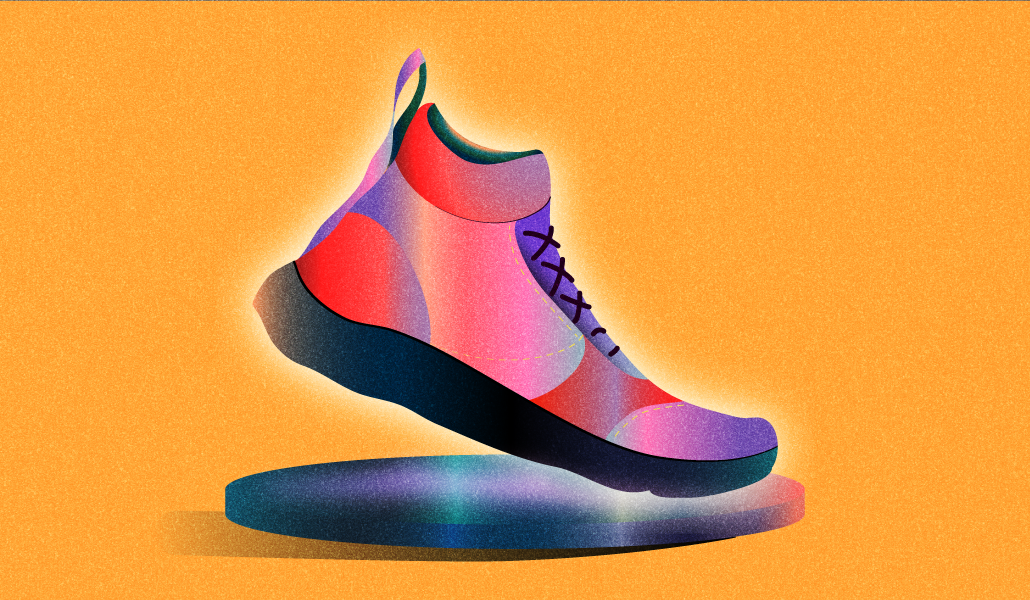As Nike reintroduces wholesalers, it loses its previous leverage

Months after Nike quietly re-entered the shelves of wholesale retailers this year, it has once again changed the dynamics of the athletic retail landscape.
Designer Shoe Warehouse’s parent company Designer Brands said in its earnings that, after Nike was fully restored in all its sales channels in early November, it has quickly become its top brand in-store and online. Macy’s reported last month that Nike was off to a great start after the brand’s products arrived in 75 stores and online in October. Apparel retailer Hibbett, on the other hand, has even expanded its relationship with Nike by launching a joint loyalty program in late October.
But even with most retailers welcoming back Nike — it may be losing some of the leverage it previously had. Some retailers are continuing to focus on other brands as major sales drivers and demand for Nike as a whole seems to be slipping.
Nike has had a complicated relationship with third-party retailers in recent years after it pulled products out of their shelves to advance its direct-to-consumer strategy. In 2021, Nike finance chief Matthew Friend said that the brand had “exited about 50%” of its retail partners.
The move had a dramatic impact on traffic and revenue for wholesalers. Foot Locker, DSW, Dunham’s Sports and Olympia Sports were some of the brands impacted by Nike’s DTC strategy. Foot Locker’s shares in February last year plummeted nearly 35% — clearing roughly $950 million in market value — when it announced it was not selling as many Nike products that year. For DSW, Nike generated 7% of its sales back in 2020.
But Nike might have needed wholesalers more than it thought.
Cutting out wholesale distribution channels hit Nike’s ability to manage inventory hard. In September 2022, Nike’s inventory ballooned to as much as 44%. Nike also missed revenue projections for the first time in two years during its first quarter earnings report in September. Its revenue was up 2% in the fourth quarter to $12.9 billion.
Ad position: web_incontent_pos1
“It actually hurt their business,” Matt Powell, advisor at retail consultancy firm Spurwink River, said. “Nike believed that they were going to be able to replace all of those discontinued retailers and they were going to capture all of that business on Nike.com, and that didn’t happen.”
Now, the company has made a wholesale about-face — and it was welcome news to many retailers.
Kassi Socha, director analyst at research firm Gartner, said it’s no surprise that retailers are eager to have the brand back in its inventory given the traffic and additional revenue it brings. “Anytime you have a popular brand like Nike on the shelf, it’s a great traffic driver,” Socha said. “Wholesalers have welcomed back Nike with open arms.”
Indeed, retailers are eager to get Nike back into their sales channels. Athletic retailer Foot Locker previously said that Nike currently makes up 70% of its purchases, compared to 75% in 2020. In March, it said that it was “revitalizing” its partnership with Nike.
However, Nike’s initial stunt has shifted the balance of power between Nike and multi-brand retailers.
Ad position: web_incontent_pos2
Powell said that while Nike has enjoyed “tremendous” negotiating leverage over wholesalers, it might have less today than in the past. He added that retailers aren’t necessarily scrambling to get Nike into their doors given the moderate demand for its products. Shoppers’ hesitation to buy discretionary items may have also contributed to the slow sales. First quarter sales in North America, its biggest market, dropped 2% from the previous year — highlighting the cautious spending behavior of shoppers in that region.
Due to its need to eliminate inventory, Nike has rebuilt and even expanded some of its wholesale partners. Designer Brands — whose DSW banner was one of the retailers that Nike cut out — said that, in the fourth quarter, it would have an expanded lineup of athletic wear for women, men and kids as part of a “newly elevated Nike relationship.” Macy’s will also have an expanded assortment of apparel and accessories after a two-year pause.
Instead of directing customers to its own website, Nike has also been expanding its joint loyalty program partnerships, which would incentivize people to shop with third party wholesalers. In addition to Hibbett, Nike launched joint loyalty programs with performance specialty retailer Pro:Direct Sport and JD Sports. The loyalty program, which it first launched with Dick’s Sporting Goods in 2021, gives shoppers new perks and experiences when they purchase Nike or Jordan products through these wholesalers.
While Nike might be working to mend its relationship with retailers, many have learned not to depend on one particular brand, said Beth Goldstein, footwear and accessories industry analyst at Circana. Foot Locker, for instance, is making room for younger brands like Hoka and On in its stores. Foot Locker said last month that On is already at 420 doors and Hoka has also been added to 50 doors since the last quarter. Foot Locker also said in March that it is working to reduce the sales generated by Nike to around 55% to 60%.
“Retailers are looking to not be so reliant on any one brand,” Goldstein said. “Given how consumer preferences have changed… and with supply chain challenges, the whole idea of diversification sounds pretty good for a number of reasons.”

